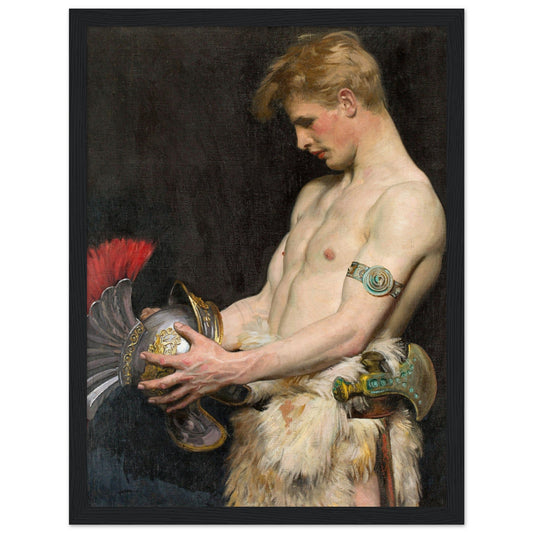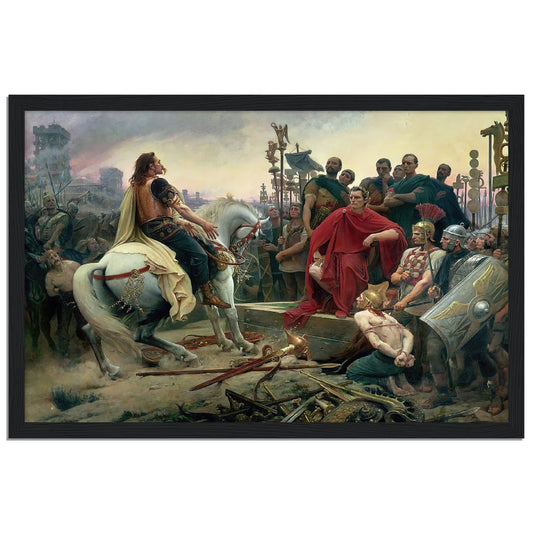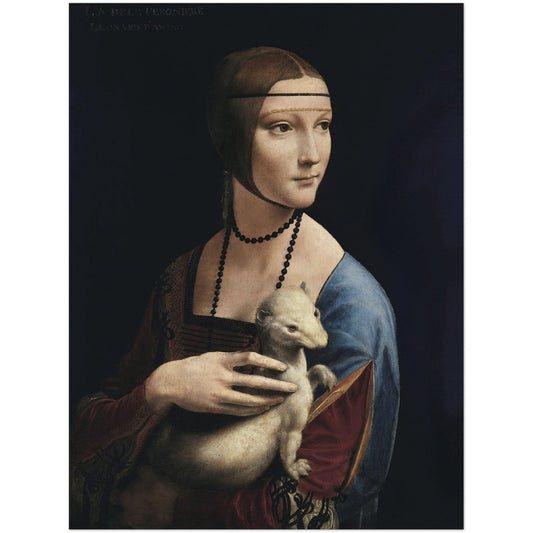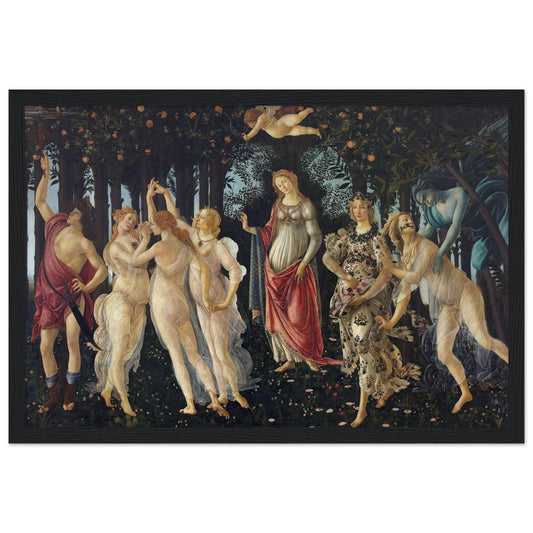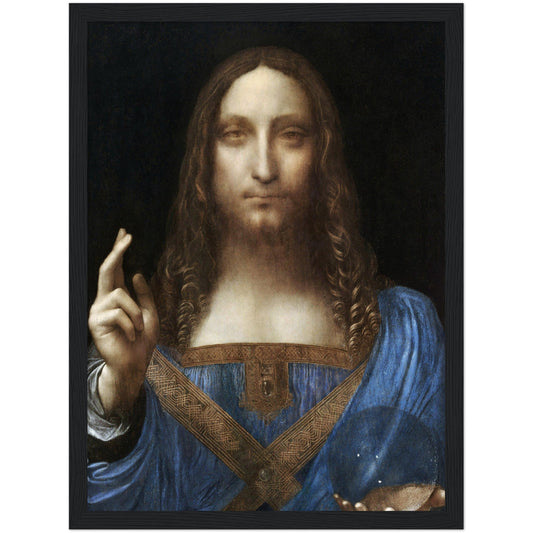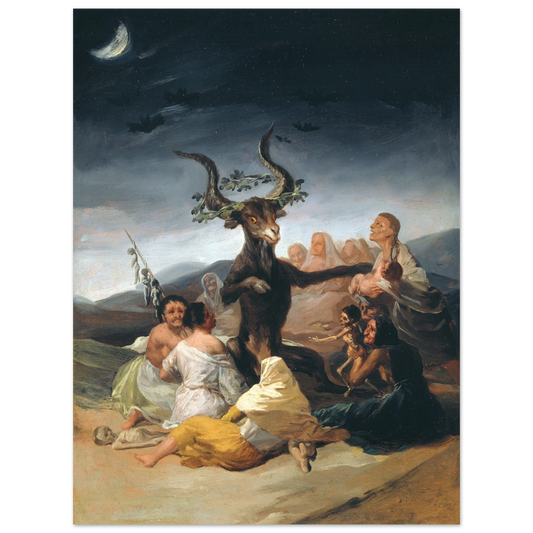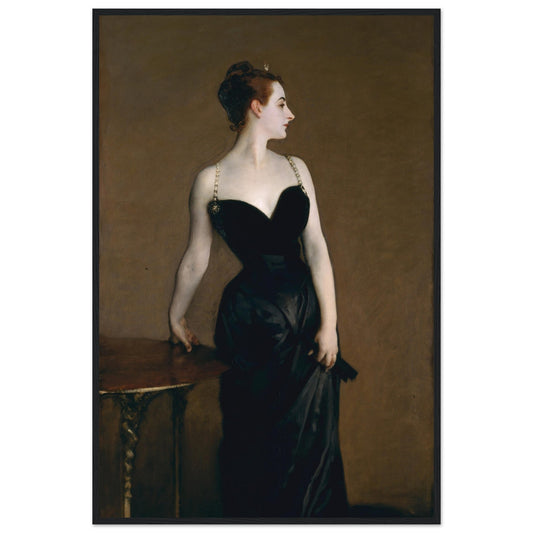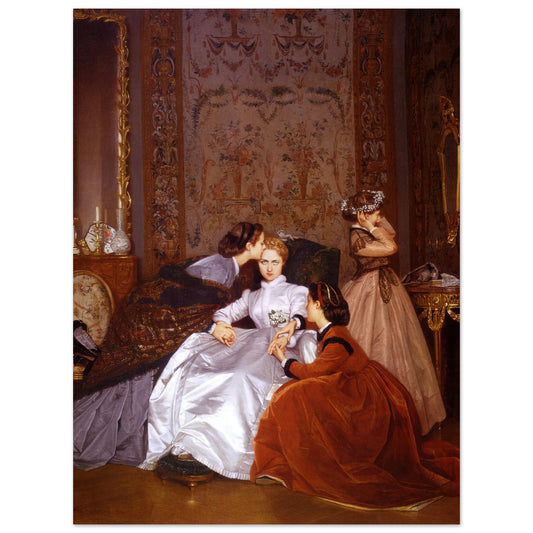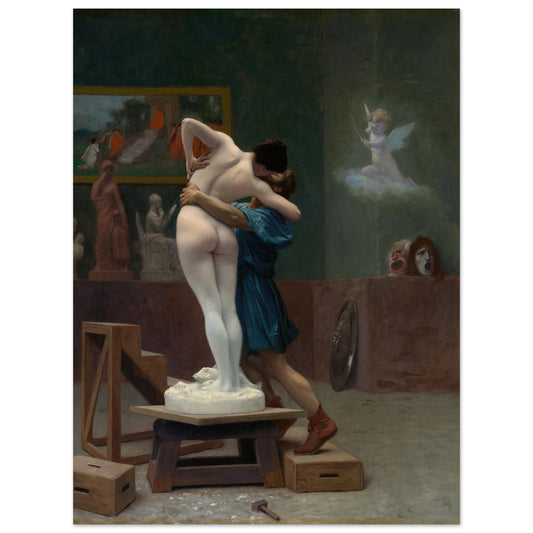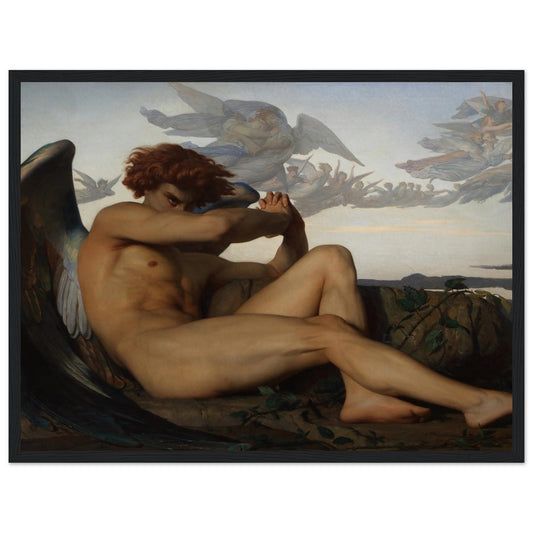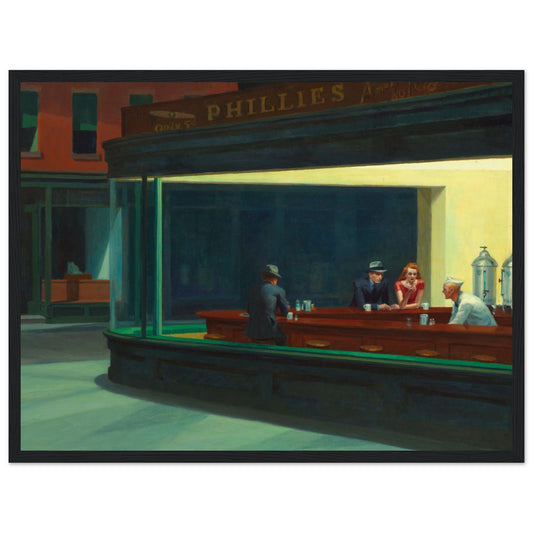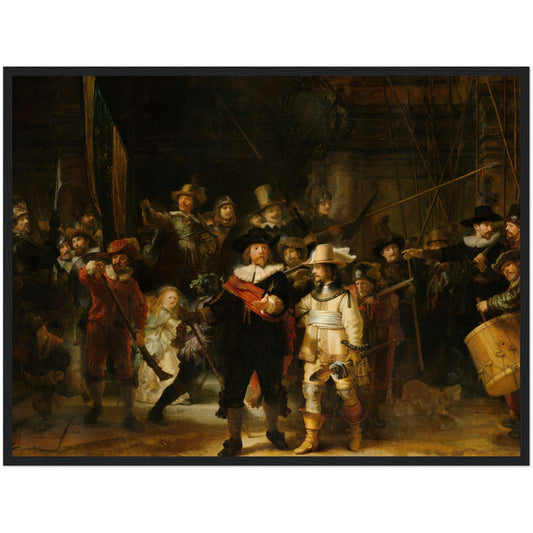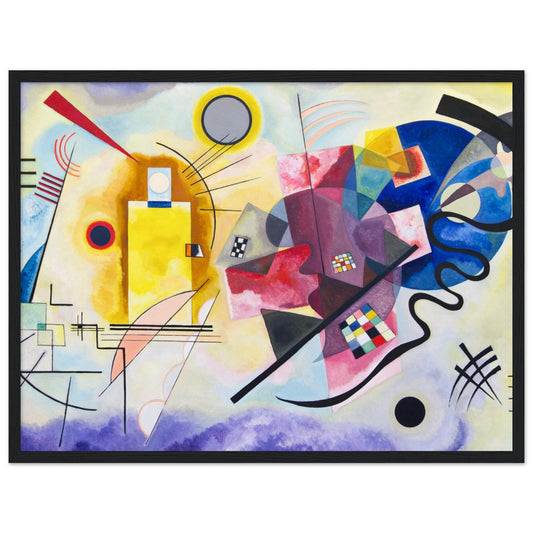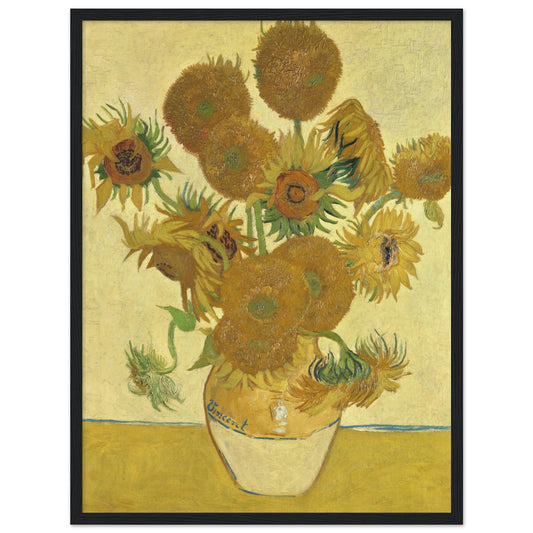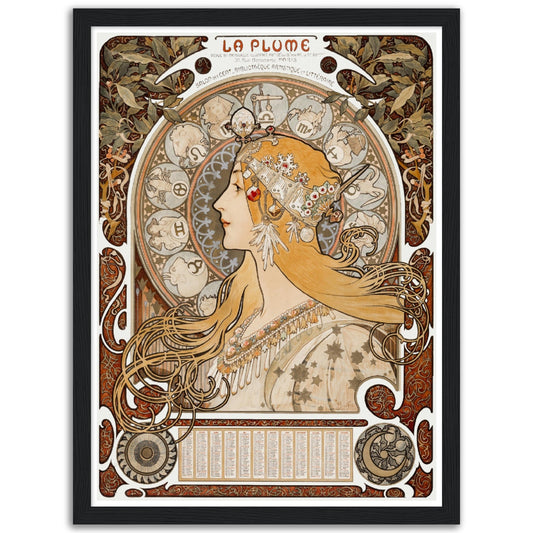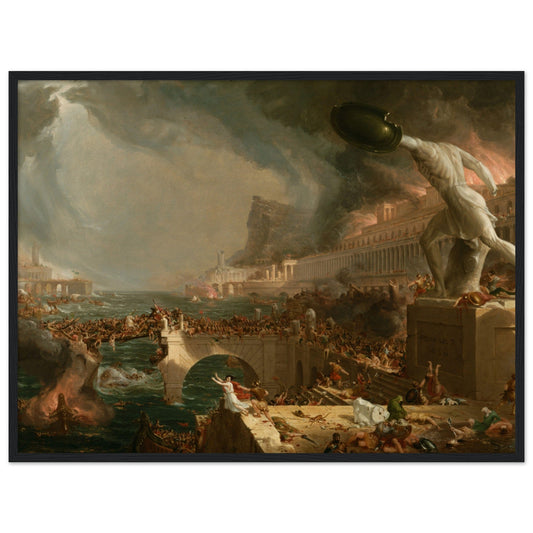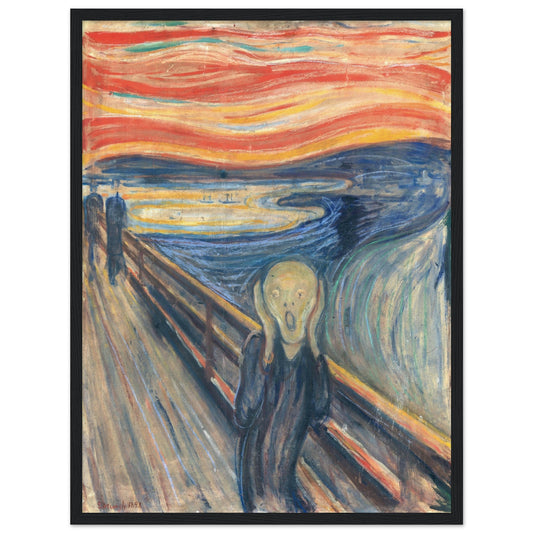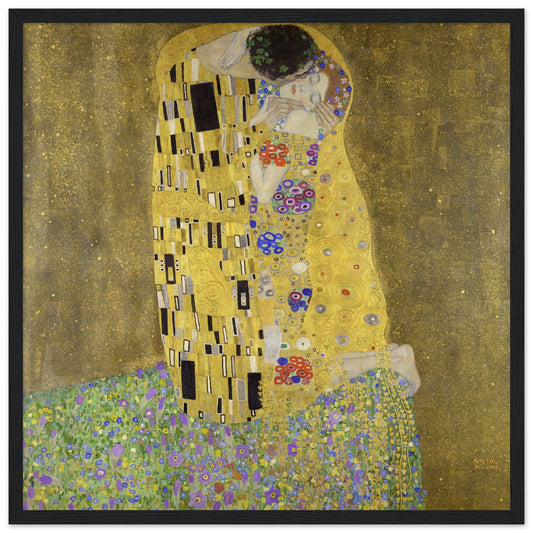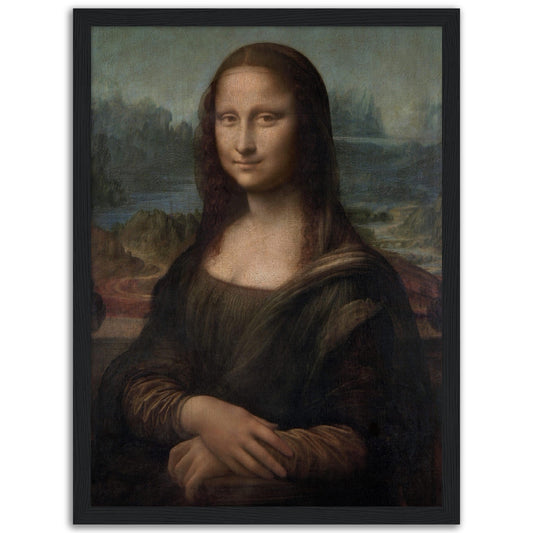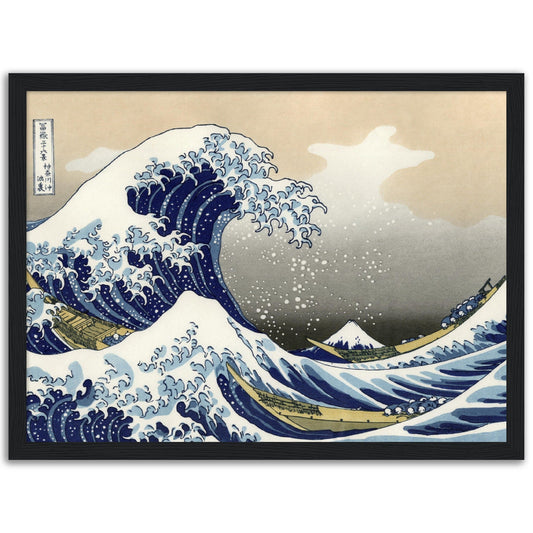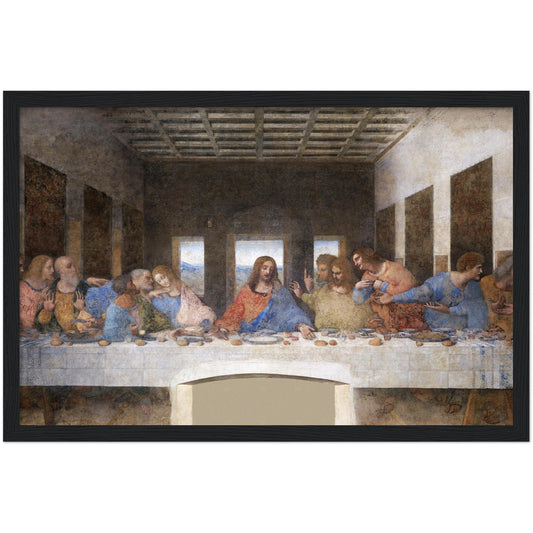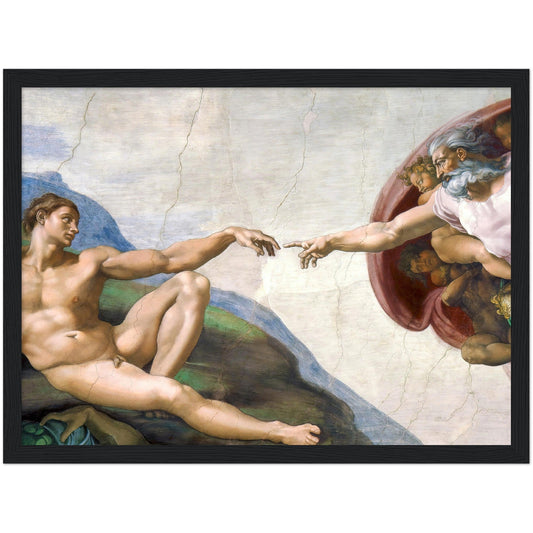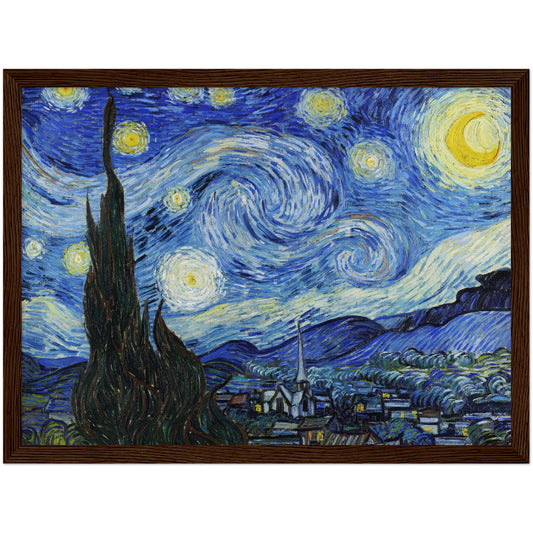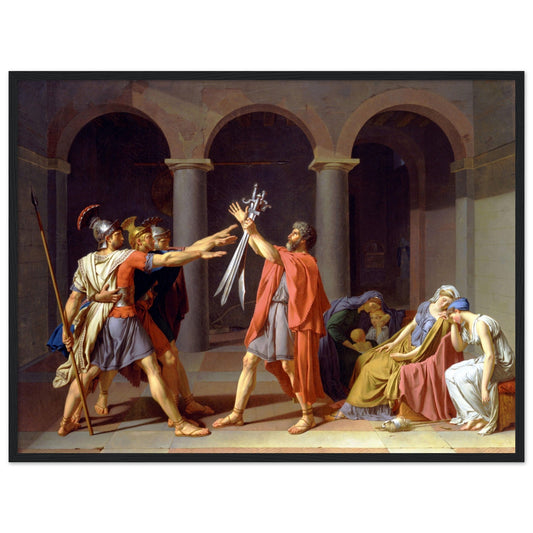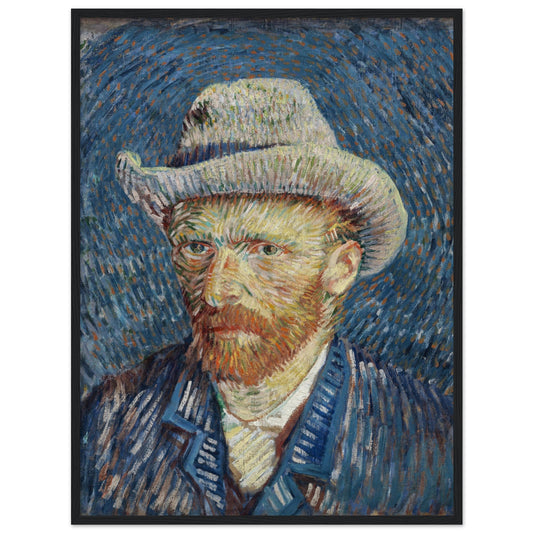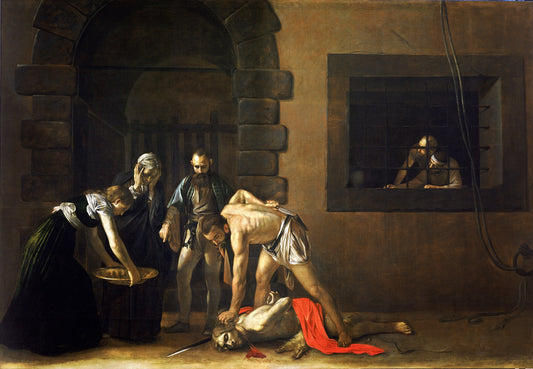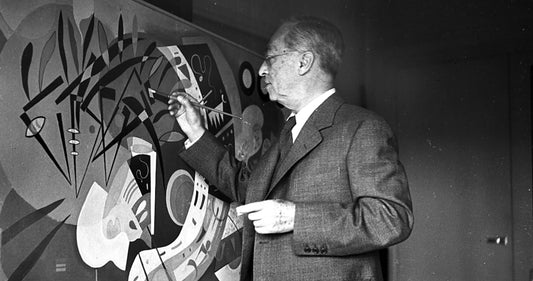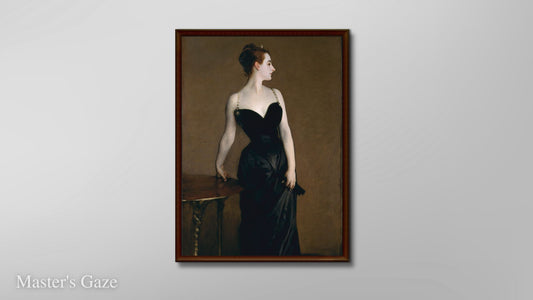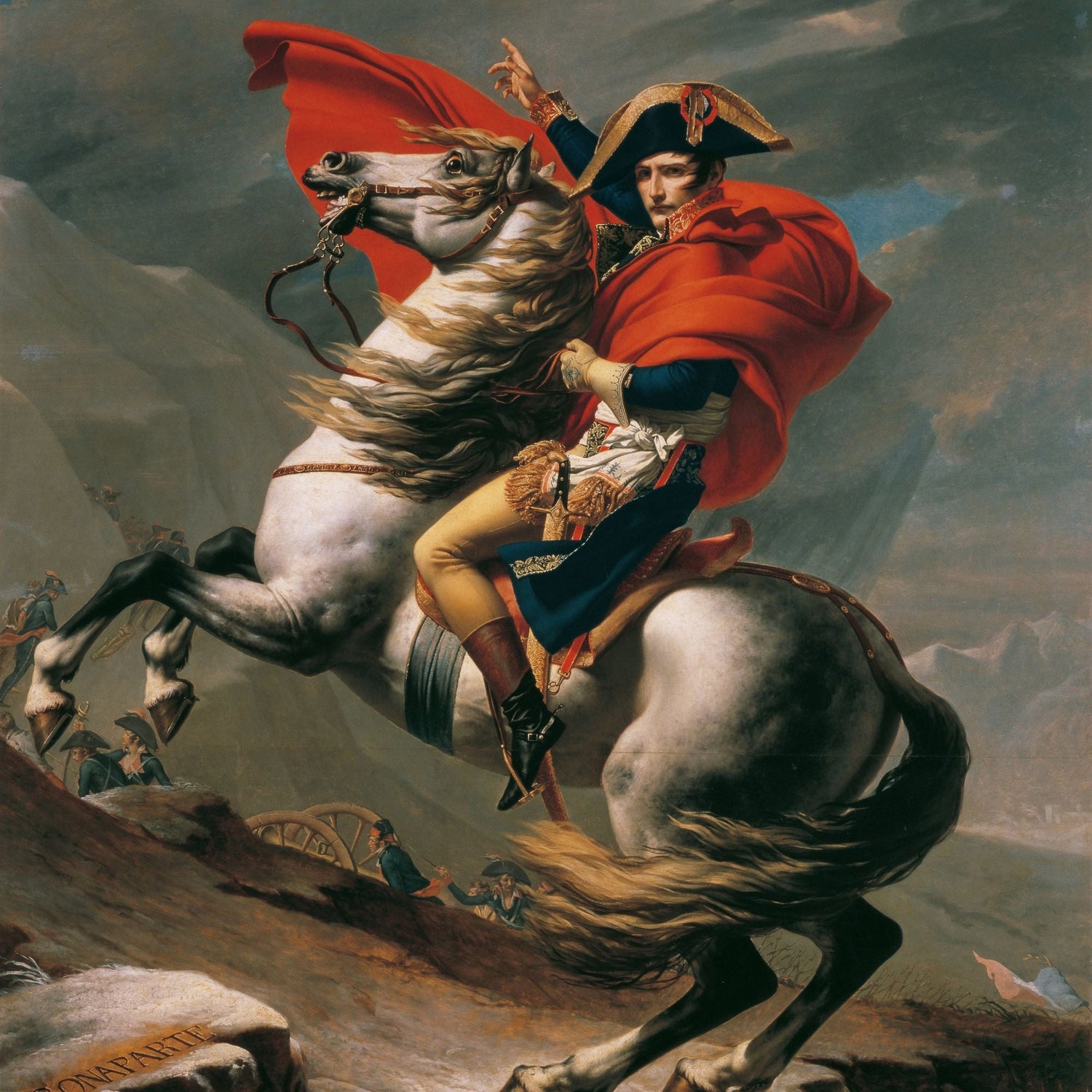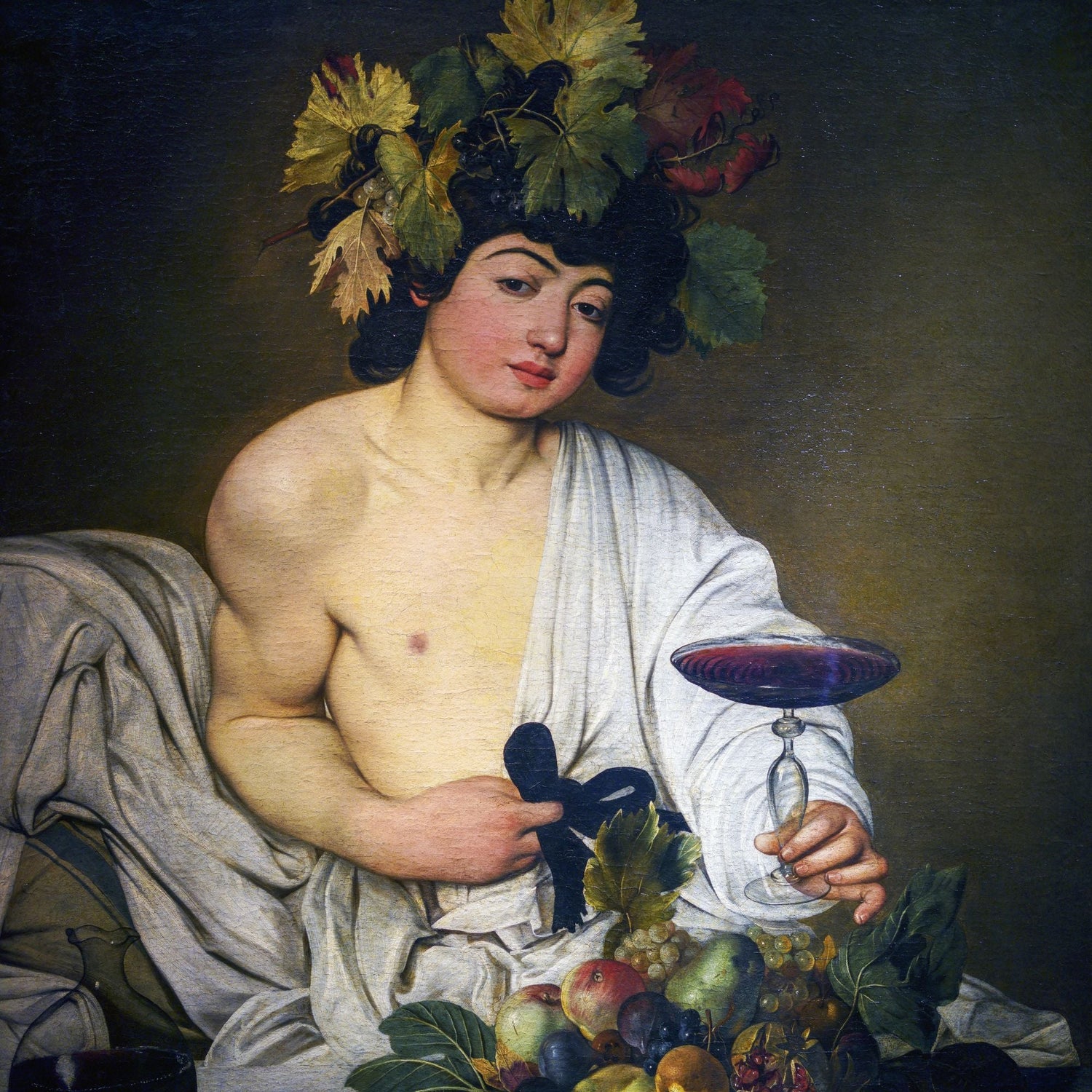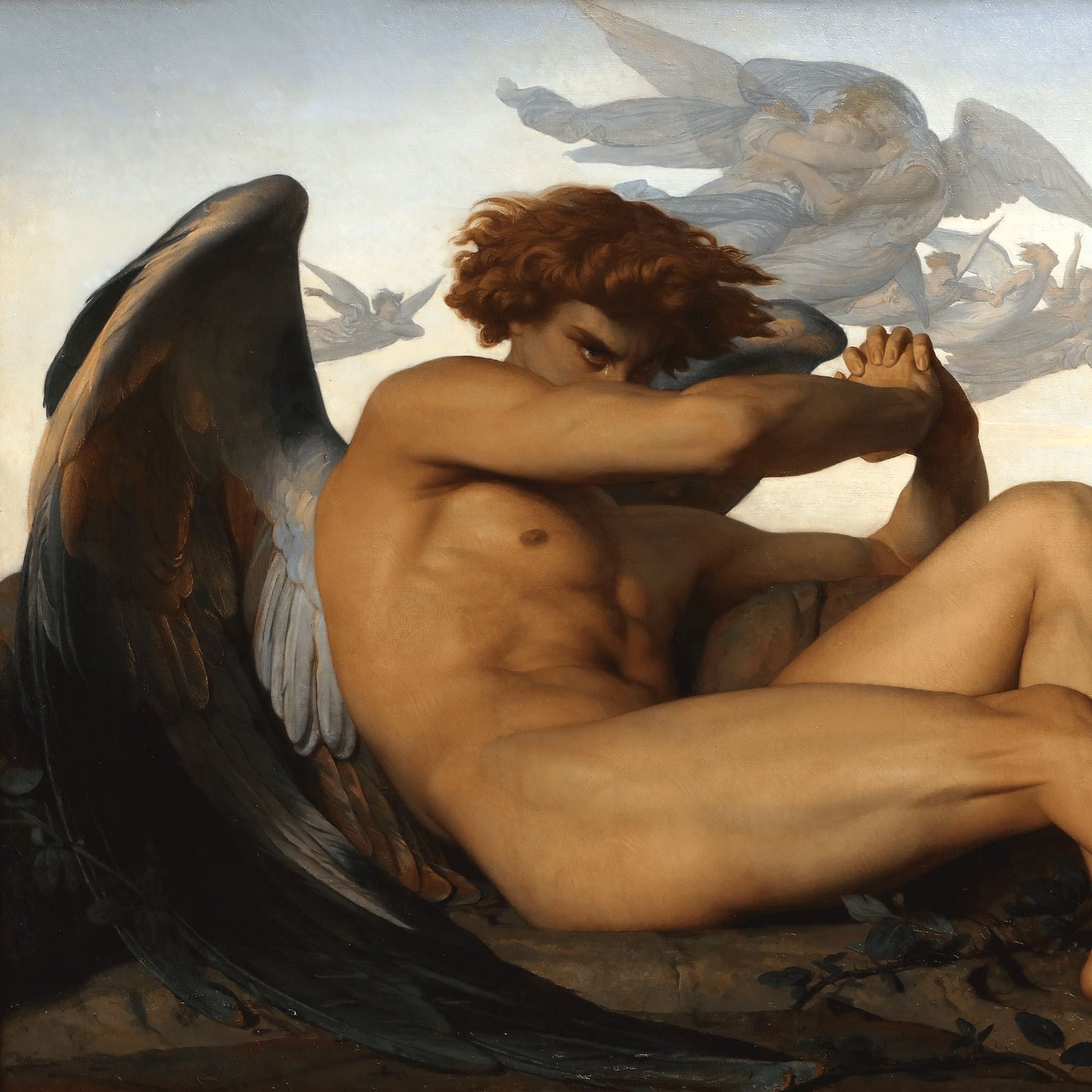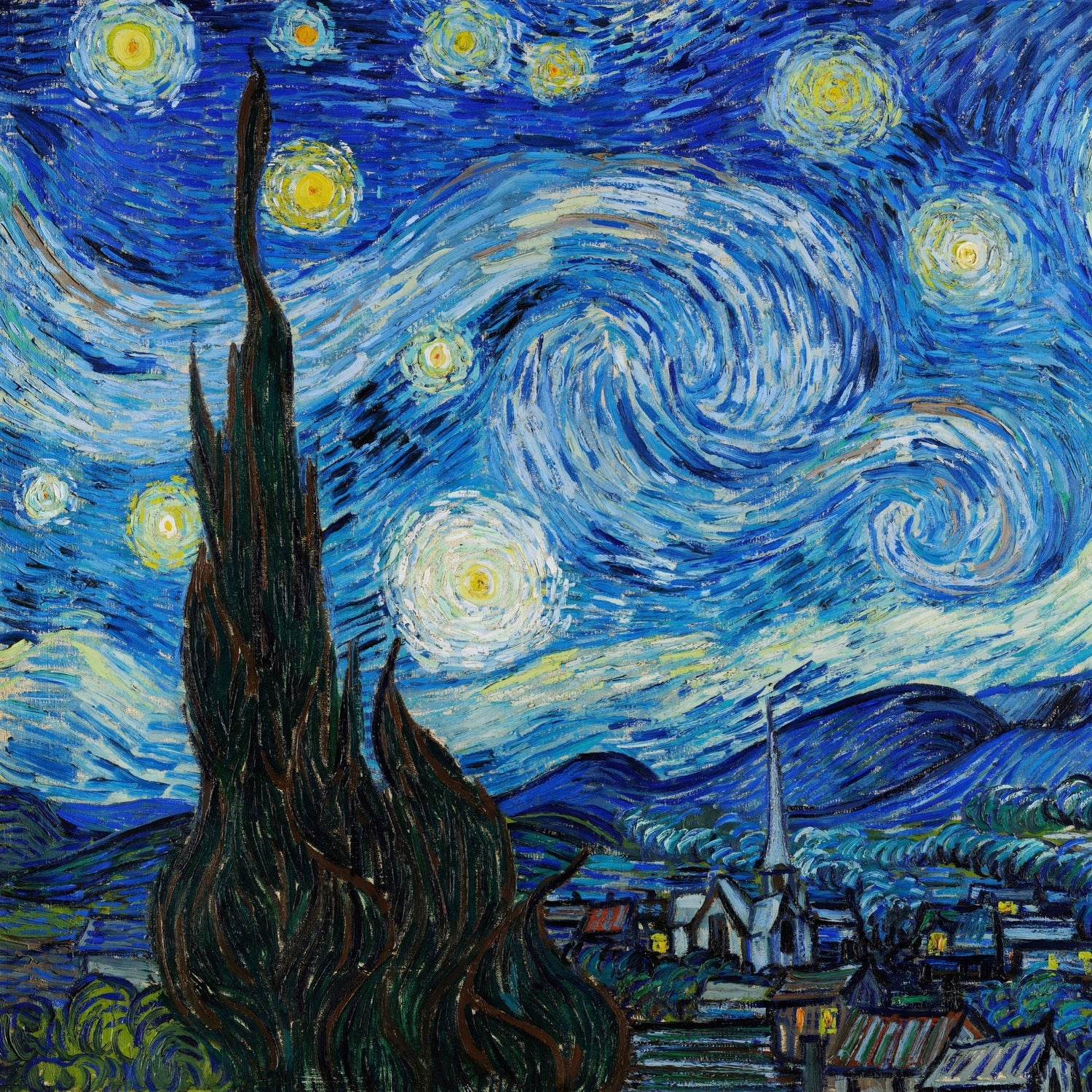In the second half of the 19th century, a new artistic movement spread in France, challenging the classical conventions of art. A figure veiled in mystery, an artist of extraordinary talent, ignited a movement that sent shockwaves through society, leaving the masses scandalized by his audacious creations. He never took part in any art shows. So he created, together with other artists, independent exhibitions going against everything and everyone. Today we will talk about “impressionism” and how some artists such as Paul Cézanne, Edgar Degas, and Claude Monet, have revolutionized the art world.
- Who is the mysterious artist?
- How Did Monet challenge the classical artistic tradition?
- How did impressionism develop, thanks to the invention of tube paint?
All of this will be revealed in this article.
See the full video here:
The Background
In the middle of the 19th century—a time of change, as Emperor Napoleon III rebuilt Paris and waged war—The academy of fine arts dominated French art. The Academy was the preserver of traditional French painting standards of content and style. Historical subjects, religious themes, and portraits were valued; landscape and still life were not. The academy preferred carefully finished images that looked realistic when examined closely. Paintings in this style were made up of precise brush strokes carefully blended to hide the artist's hand in the work.
The artistic standards for evaluating paintings were based on two great artists of the time such as Jean-Léon Gérôme and Alexandre Cabanel. Which had all the characteristics that the academy jealously protected.
The Impressionist group was formed around Édouard Manet, leader of the Parisian artistic avant-garde in the early 1860s, later other artists joined the movement, as they had the same artistic ideals. Among these, we mention four young painters—Claude Monet, Pierre-Auguste Renoir, Alfred Sisley, and Frédéric Bazille. Speaking within cultural salons, they understood that they had no interest in artistically representing historical or mythological scenes, but did have an interest in landscape painting and the depiction of contemporary life.
Their purpose was not to make sketches to be developed into carefully finished works in the studio, as was the usual custom, but to complete their paintings out-of-doors in order to capture the beauty of a live scene.
Previously it was impossible to be able to paint outdoors, as the colors had to be created by hand starting from powders and mixed with other natural elements. But in those years an invention was spreading that would revolutionize the art world: the paint tube.
With these, it became easier to be able to bring colors and to be able to paint as the Impressionists liked "outdoors".
The challenge to traditional art
The Salon was a periodic exhibition of painting and sculpture, which took place at the Louvre in Paris, every two years.
During the 1860s, the Salon jury routinely rejected about half of the works submitted by Monet and his friends in favor of works by artists faithful to the approved style.
In 1863, the Salon jury rejected Manet's The Luncheon on the Grass primarily because it depicted a nude woman with two clothed men at a picnic. While the Salon jury routinely accepted nudes in historical and allegorical paintings, they condemned Manet for placing a realistic nude in a contemporary setting. The jury's severely worded rejection of Manet's painting appalled his admirers and the unusually large number of rejected works that year perturbed many French artists.
After Emperor Napoleon III saw the rejected works of 1863, he decreed that the public be allowed to judge the work themselves, and the Salon of the Refused was organized. While many viewers came only to laugh, the Salon of the Refused drew attention to the existence of a new tendency in art and attracted more visitors than the regular Salon.
The great success of the event led these artists to want to make other exhibitions, but they were denied. In December 1873, some artists including Monet founded the "Cooperative and Anonymous Association of Painters, Sculptors, and Engravers" to exhibit their artworks independently. Members of the association were expected to forswear participation in the Salon.
Monet presented the painting "Impression, Sunrise", which received strong criticism.
The critic and humorist Louis Leroy made a pun with the title of the work, saying that Monet's painting was a sketch at best and could hardly be called a finished work. He added that the wallpaper in its embryonic state is more refined than that seascape.
This critique gave this group of artists their name as the "Impressionists" by which they have come to be known.
The individual artists achieved few financial rewards from the Impressionist exhibitions, but their art gradually won a degree of public acceptance and support.
Impressionist techniques
French painters who paved the way for Impressionism include Eugène Delacroix, Gustave Courbet, and Théodore Rousseau, as they painted from nature in a direct and spontaneous style that foreshadowed Impressionism.
A number of techniques and working habits contributed to the innovative style of the Impressionists. Although these methods had been used by earlier artists the Impressionists were the first to use them all together. These techniques include:
- Short, thick strokes of paint that quickly capture the essence of the subject, rather than its details.
- Colors are applied side by side with as little mixing as possible, a technique that exploits the principle of simultaneous contrast to make the color appear more vivid to the viewer.
- Greys and dark tones are produced by mixing complementary colors. Pure impressionism avoids the use of black paint.
- Wet paint is placed into wet paint without waiting for successive applications to dry, producing softer edges and intermingling of color.
- Impressionist paintings do not exploit the transparency of thin paint films (glazes), which earlier artists manipulated carefully to produce effects. The impressionist painting surface is typically opaque.
- The paint is applied to the white or light-colored ground. Previously, painters often used dark grey or strongly colored grounds.
- The play of natural light is emphasized. Close attention is paid to the reflection of colors from object to object. Painters often worked in the evening to produce effects de soir—the shadowy effects of evening or twilight.
- In paintings made outdoors, shadows are boldly painted with the blue of the sky as it is reflected onto surfaces, giving a sense of freshness previously not represented in painting. (Blue shadows on snow inspired the technique.)
The Crisis of Impressionism
In 1886 the last Impressionist exhibition was organized in Paris, which highlighted the crisis of the group, as ever more marked stylistic and personal differences emerged between the artists and the experience of fast, "impression" painting. was considered obsolete. The participation in the exhibition of the painters Georges Seurat and Paul Signac, supporters of new scientific theories on the way of arranging the colors on the canvas, caused the dissolution of the group and the rise of a new artistic season called Post-Impressionism, but this is another story we can talk about in the future.



